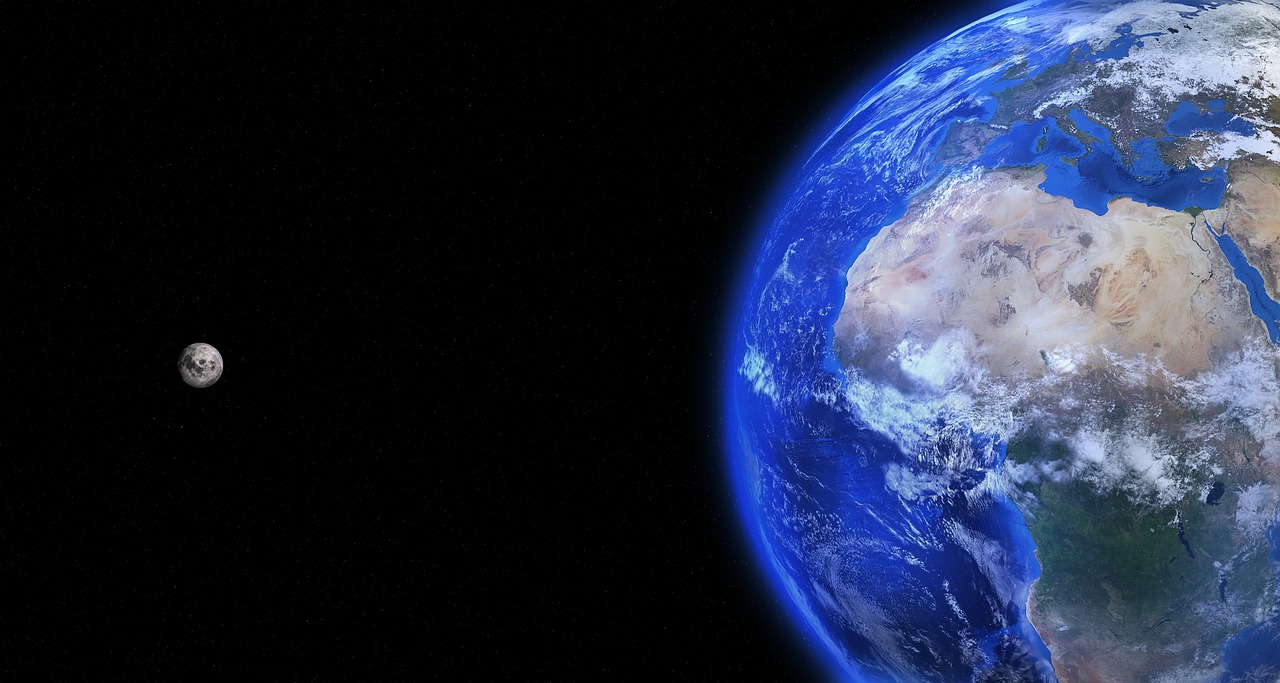Planets - Part 3
The Wonders of Our Solar System: Planets
Jupiter: The Giant of the Solar System
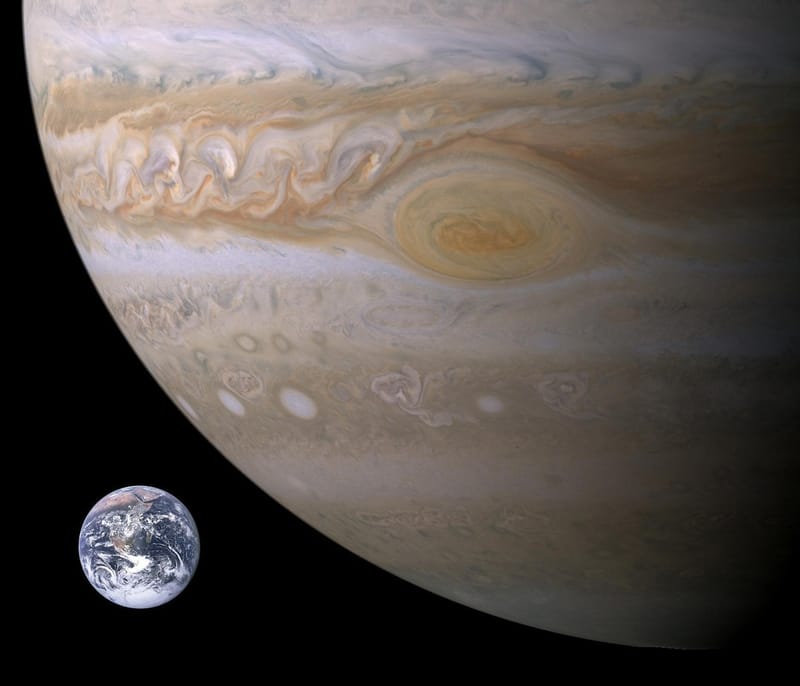
Jupiter is the largest planet in our solar system and is known for its stunning striped appearance. It is a gas giant with a thick atmosphere predominantly made up of hydrogen and helium. Jupiter is also famous for its Great Red Spot, a massive storm that has been raging for centuries.
Saturn: The Ringed Beauty
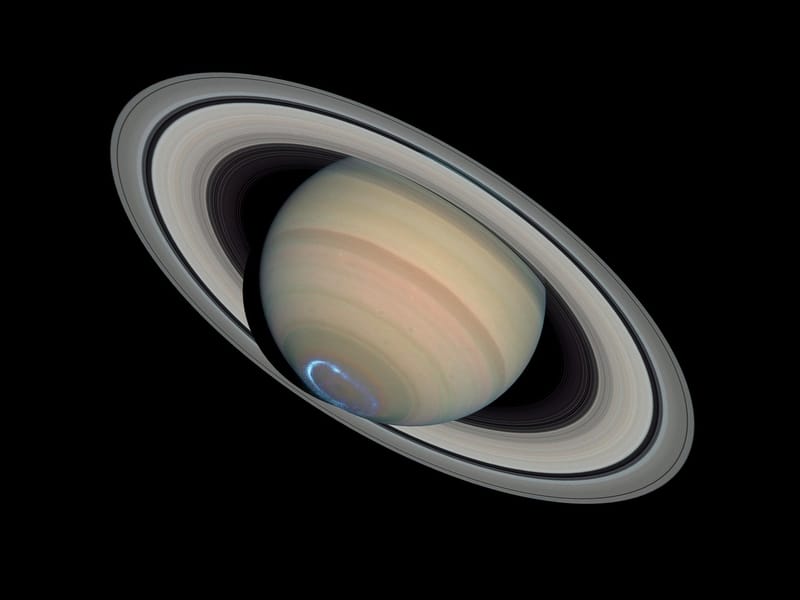
Saturn is best known for its beautiful ring system, which is made up of icy particles and rock debris. This gas giant is the second-largest planet in our solar system and has a unique hexagonal-shaped storm at its north pole.
Uranus: The Tilted Giant
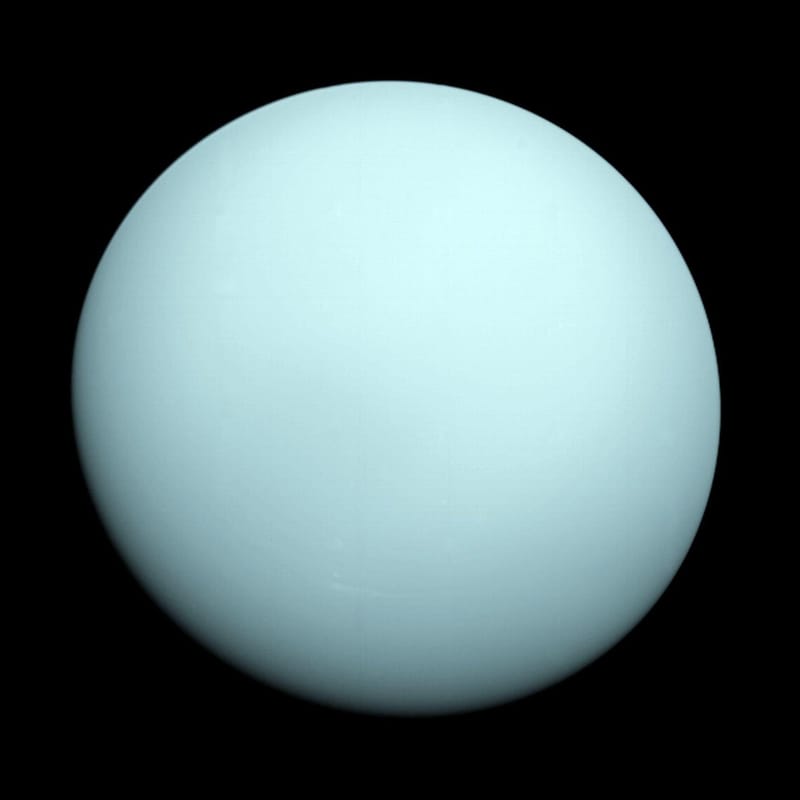
Uranus is an ice giant that is unique for its extreme tilt. Unlike other planets that rotate on their axes perpendicular to their orbits, Uranus spins on its side. This tilt gives Uranus its distinct appearance and makes it a fascinating object of study.
Neptune: The Blue Ice Giant

Neptune is the farthest planet from the Sun and is known for its striking blue color. This ice giant has powerful winds that can reach supersonic speeds and is home to the Great Dark Spot, a storm system comparable to Jupiter's Great Red Spot.
Pluto: The Dwarf Planet
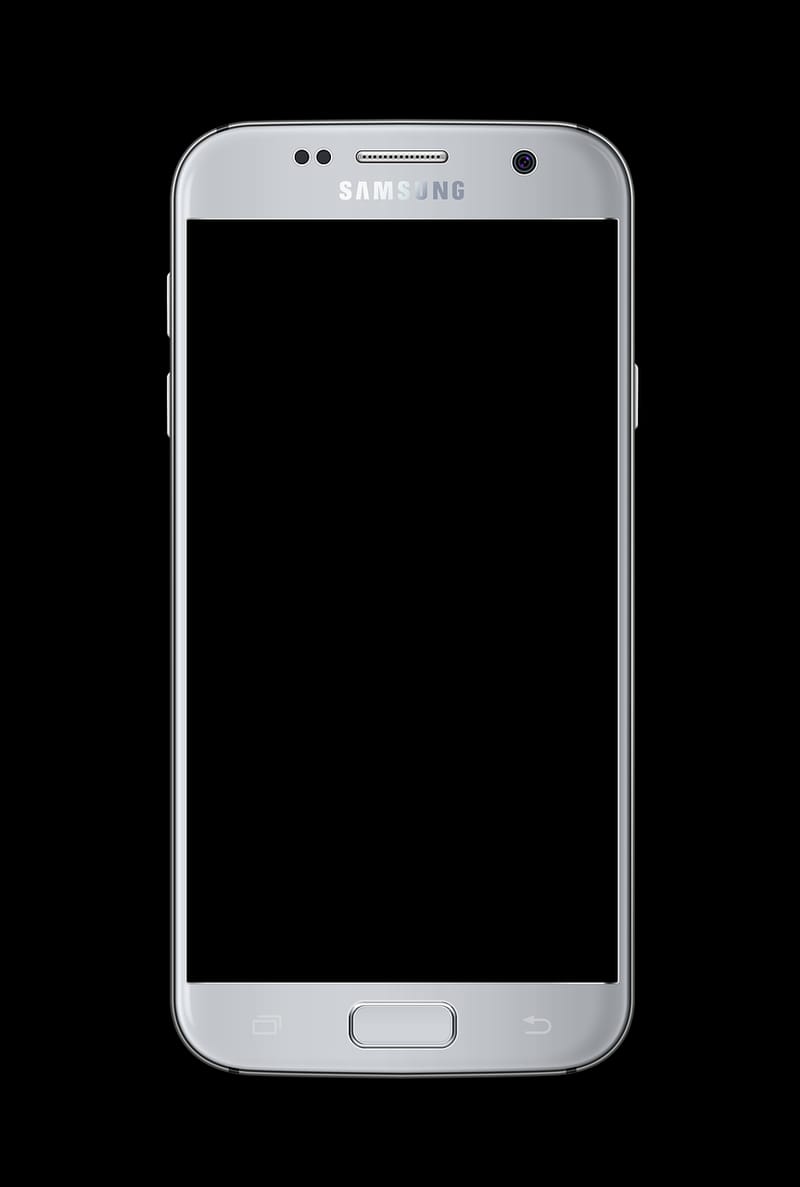
Pluto was reclassified as a dwarf planet in 2006 but still holds a special place in our hearts. This small icy world is located in the Kuiper Belt beyond Neptune and has a heart-shaped feature on its surface known as Tombaugh Regio.
Exploring the planets of our solar system reveals the incredible diversity and beauty of these celestial bodies. Each planet has its own unique characteristics and mysteries waiting to be discovered.
Continue your journey through the cosmos and marvel at the wonders of our solar system!
